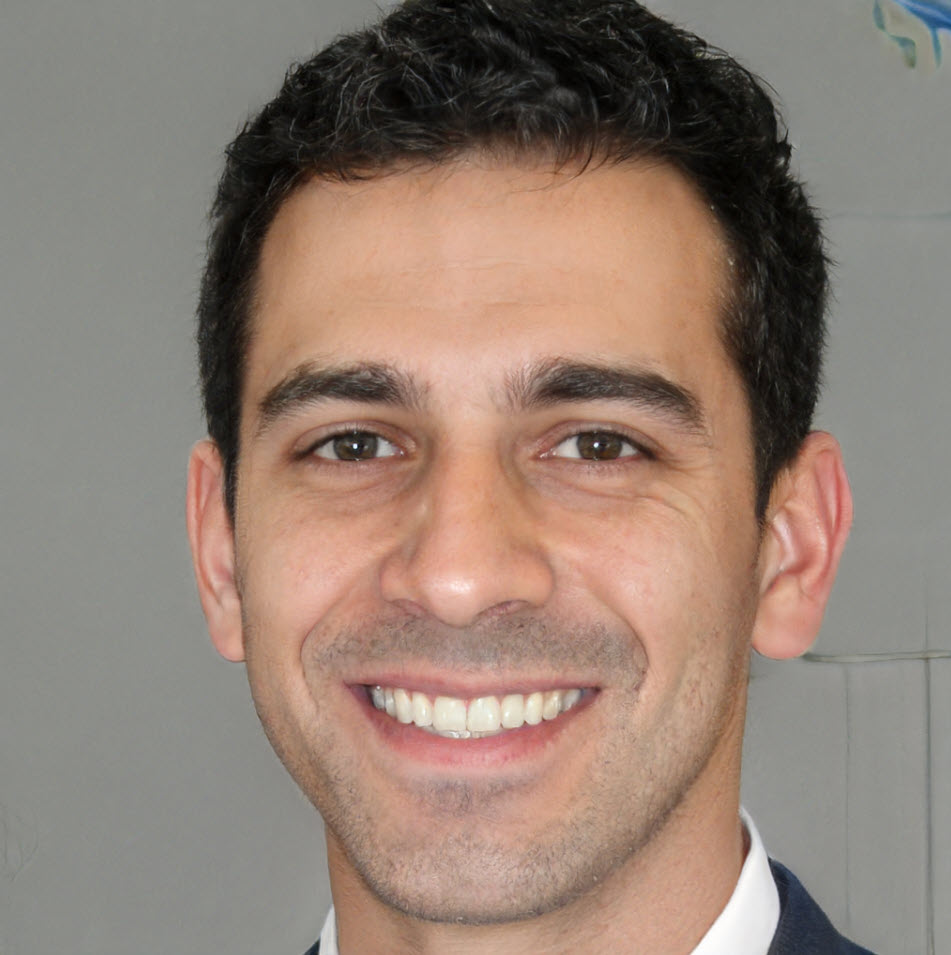How drone technology is helping plant 100 million mangrove trees in the UAE by 2030
1,056 View
Share this Video
- Publish Date:
- 18 July, 2024
- Category:
- Drone Tech
- Video License
- Standard License
- Imported From:
- Youtube
Tags
In Abu Dhabi in the United Arab Emirates, an ambitious project to plant and restore coastal mangroves is underway. The Abu Dhabi Mangrove Initiative (ADMI) is part of a nationwide effort to plant 100 million mangrove trees by 2030 across the UAE. In 2023 alone, it distributed over six million seeds using specially adapted drones. Each drone carries up to 6000 Avicennia marina seeds with a delivery system that shoots them downwards, ensuring they get stuck into tidal mud, allowing them to successfully propagate. The drones follow a nature-based pattern to give the seedlings the best opportunity to grow. “Everything is autonomous,” says Cory Rhodes at Distant Imagery, the company that designs and operates the drones on behalf of the Abu Dhabi Environment Agency. “It's all planted only in the areas with the highest probability of growth," he says. "We don't plant in straight lines, we don't plant in any of the pools or any of the channels and the system takes into account trees that are already there to shut the system off and on. By the time it's done, it's like as natural a forest as we can create.”
A team of scientists support the project by identifying the best location for protection and restoration, assessing soil conditions, water quality, circulation and tidal inundation levels at each prospective site, and then monitoring them over subsequent years. “Our key priority first and foremost is to protect what naturally exists and then enhance it with a bit of science-based restoration effort,” says Nessrine Alzahlawi at the Abu Dhabi Environment Agency, who is a lead scientist on the project. “We're not trying to create new habitats, replace existing natural habitats or have large-scale reforestation areas," she says. "What we're trying to do is restore or enhance natural ecosystems in a science-based manner.”
The hope is that learning from the ADMI project will have applications in other mangrove-growing regions. “Mangroves are real climate superheroes,” says Andrew Terry, director of conservation and policy at the Zoological Society of London, a project partner. “There are about 147,000 square kilometres of mangroves left in the world, but they have been under heavy historical pressure," he says. "We really wanted to work with colleagues in the UAE to get that knowledge and support out to the ground level in the most biodiversity rich places of the world.”
–
Learn more ➤ https://www.newscientist.com/article/2360682-mangroves-near-chinese-cities-can-reduce-storm-surges-by-over-2-metres/
Subscribe ➤ https://bit.ly/NSYTSUBS
Get more from New Scientist:
Official website: https://bit.ly/NSYTHP
Facebook: https://bit.ly/NSYTFB
Twitter: https://bit.ly/NSYTTW
Instagram: https://bit.ly/NSYTINSTA
LinkedIn: https://bit.ly/NSYTLIN
About New Scientist:
New Scientist was founded in 1956 for “all those interested in scientific discovery and its social consequences”. Today our website, videos, newsletters, app, podcast and print magazine cover the world’s most important, exciting and entertaining science news as well as asking the big-picture questions about life, the universe, and what it means to be human.
New Scientist
https://www.newscientist.com/
Did you miss our previous article...
https://techvideos.club/Drone-Tech/israel-new-military-capsule-drone-technology












